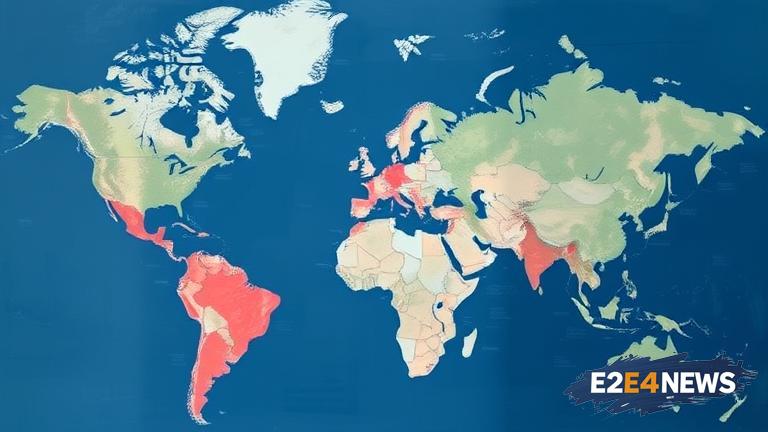During his presidency, Donald Trump signed several trade agreements that aimed to promote American economic interests. One of the most notable deals was the United States-Mexico-Canada Agreement (USMCA), which replaced the North American Free Trade Agreement (NAFTA). The USMCA introduced new provisions on labor and environmental standards, as well as rules of origin for the automotive sector. Another significant agreement was the Phase One trade deal with China, which marked a temporary truce in the trade war between the two nations. The deal included China’s commitment to purchase more American goods and services, as well as concessions on intellectual property and technology transfer. Trump also renegotiated the US-Korea Free Trade Agreement (KORUS), which included changes to the rules of origin for automobiles and increased market access for American farmers. Additionally, the Trump administration signed the US-Japan Trade Agreement, which reduced tariffs on American agricultural products and increased access to the Japanese market for American farmers. The agreement also included provisions on digital trade and intellectual property. Furthermore, Trump’s trade policies had a significant impact on the global economy, with many countries responding to his protectionist measures by imposing their own tariffs on American goods. The trade war with China, in particular, had far-reaching consequences, with many companies relocating their supply chains to avoid tariffs. Despite the challenges, Trump’s trade deals have been credited with boosting American exports and creating jobs in key industries such as manufacturing and agriculture. However, critics argue that the deals have also led to increased costs for consumers and businesses, as well as a decline in international cooperation on trade issues. The long-term impact of Trump’s trade legacy remains to be seen, but it is clear that his policies have had a profound effect on the global trade landscape. As the US continues to navigate the complexities of international trade, it is likely that Trump’s deals will remain a topic of debate and discussion. The USMCA, for example, has been praised for its provisions on labor and environmental standards, but criticized for its potential impact on the automotive sector. The Phase One trade deal with China has also been subject to criticism, with many arguing that it does not go far enough in addressing the underlying issues in the US-China trade relationship. Nevertheless, Trump’s trade deals have demonstrated the importance of trade policy in promoting American economic interests and creating jobs. As the global economy continues to evolve, it is likely that trade policy will remain a key area of focus for policymakers and business leaders. In conclusion, Trump’s trade legacy is complex and multifaceted, with both positive and negative consequences for the global economy. While his deals have boosted American exports and created jobs, they have also led to increased costs and a decline in international cooperation. As the US looks to the future, it is clear that trade policy will remain a critical area of focus, with implications for businesses, consumers, and the broader economy. The impact of Trump’s trade deals will be felt for years to come, shaping the course of international trade and economic development. With the global economy facing numerous challenges, including rising protectionism and trade tensions, it is essential to understand the implications of Trump’s trade legacy and its potential impact on the future of international trade. The USMCA, Phase One trade deal, and other agreements signed during Trump’s presidency have set a new precedent for trade policy, emphasizing the importance of bilateral agreements and protection of American economic interests. As the world navigates the complexities of international trade, it is likely that Trump’s trade deals will remain a topic of discussion and debate, with implications for businesses, policymakers, and the broader economy.
